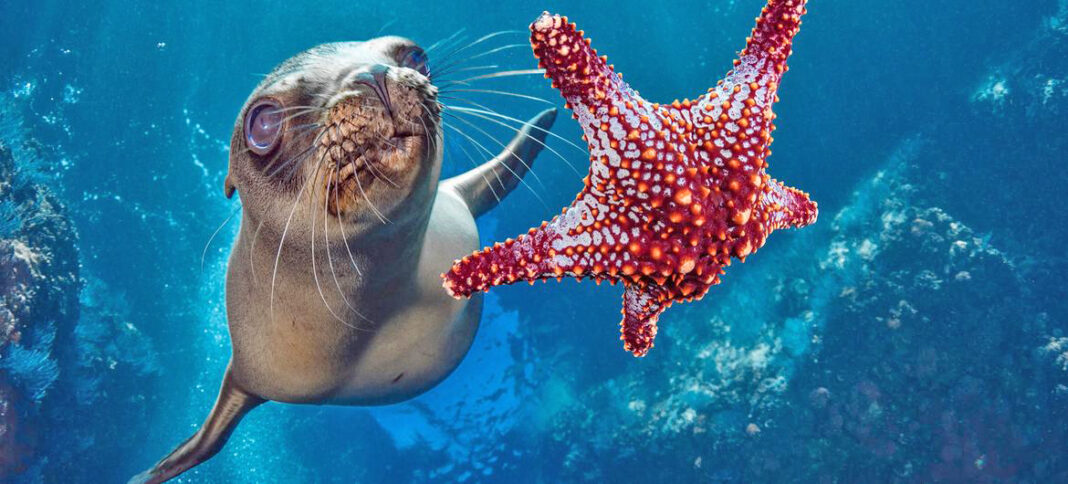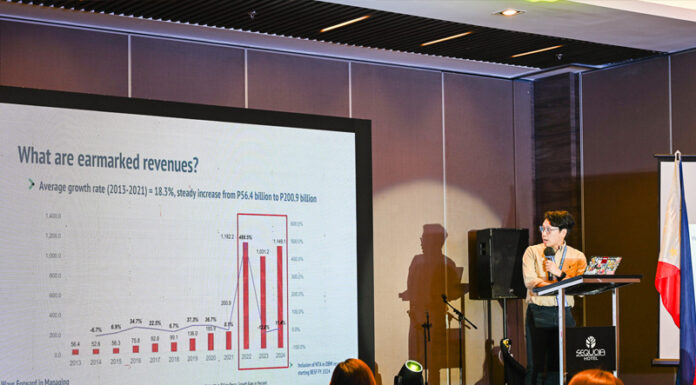UNITED NATIONS — A groundbreaking global treaty to protect marine life in the high seas is officially happening. After years of negotiations and delays, the High Seas Treaty will finally enter into force on January 17, 2026, following its 60th and 61st ratifications by Morocco and Sierra Leone last week.
The treaty—formally called the BBNJ Agreement (short for Biodiversity Beyond National Jurisdiction)—was adopted in June 2023 after nearly 20 years of talks among UN member states. Its goal? To protect marine biodiversity in the two-thirds of the ocean that lie outside any single country’s control.
Why This Matters
This is a huge step forward for climate and environmental justice. The treaty introduces legally binding rules for:
1. Conserving and sustainably using marine biodiversity
2. Sharing the benefits of marine genetic resources fairly
3. Creating marine protected areas
4. Boosting international cooperation in ocean science and research
It also helps meet the global goal of protecting 30% of the planet’s land and sea by 2030 under the Kunming-Montreal Global Biodiversity Framework.
A Win for the Planet—and for People
UN Secretary-General António Guterres called it a “historic achievement for the ocean and for multilateralism.”
“As we confront the triple planetary crisis of climate change, biodiversity loss, and pollution, this agreement is a lifeline for the ocean and for humanity,” he said.
Inger Andersen, Executive Director of the UN Environment Programme (UNEP), also celebrated the news:
“Our ocean is the foundation of our very existence. Today we took an important step forward to save our ocean—and to save our future.”
What Happens Next?
Once the treaty kicks in, countries will be expected to:
1. Set up protected areas in international waters
2. Conduct environmental impact assessments before starting new activities at sea
3. Share marine resources more equitably
4. Collaborate on marine science and tech
This new global framework could help clamp down on overfishing, deep-sea mining, and unregulated marine activities that have long gone unchecked in international waters.
One Ocean, One Future
The BBNJ Agreement builds on the UN Convention on the Law of the Sea—known as the “constitution for the oceans”—but finally fills a major gap: protecting the high seas.
Guterres is now urging all other countries to sign on and help ensure the treaty is fully and quickly implemented:
“The ocean’s health is humanity’s health.”| – UN News / BNN Integrated News





















